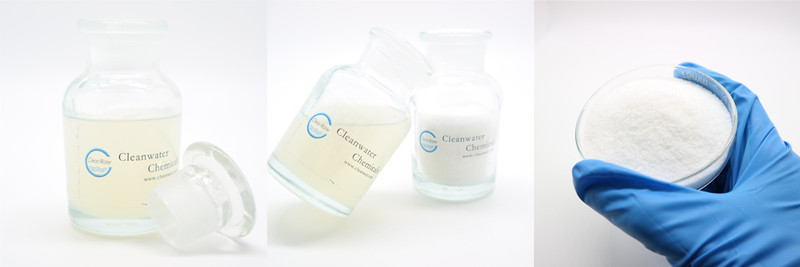As we all know, different types of polyacrylamide have different types of sewage treatment and different effects. So polyacrylamide is all white particles, how to distinguish its model?
There are 4 simple ways to distinguish the model of polyacrylamide:
1. We all know that the cationic polyacrylamide is the most expensive in the market, followed by non-ionic polyacrylamide, and finally anionic polyacrylamide. From the price, we can make a preliminary judgment on the ion type.
2. Dissolve polyacrylamide to measure the pH value of the solution. The corresponding pH values of various models are different.
3. First, select anionic polyacrylamide and cationic polyacrylamide products, and dissolve them separately. Mix the polyacrylamide product solution to be tested with the two PAM solutions. If it reacts with the anionic polyacrylamide product, it means that Polyacrylamide is cationic. If it reacts with cations, it proves that the PAM product is anionic or non-ionic. The disadvantage of this method is that it cannot accurately identify whether the product is anionic or non-ionic polyacrylamide. But we can judge from their dissolution time, anions dissolve much faster than non-ions. Generally, the anion is completely dissolved in one hour, while the non-ion takes one and a half hours.
4. Inferred from sewage experiments, we all know that general polyacrylamide cationic polyacrylamide PAM is suitable for negatively charged suspended matter containing organic substances; anionic PAM is suitable for higher concentration of positively charged inorganic suspended matter and suspended particles Coarse (0.01-1mm), pH value is neutral or alkaline soluble; non-ionic polyacrylamide PAM is suitable for the separation of suspended solids in a mixed state of organic and inorganic, and the solution is acidic or neutral. The flocs formed by cationic polyacrylamide are large and dense, while the flocs formed by anion and non-ion are small and scattered.
Post time: Oct-27-2021


